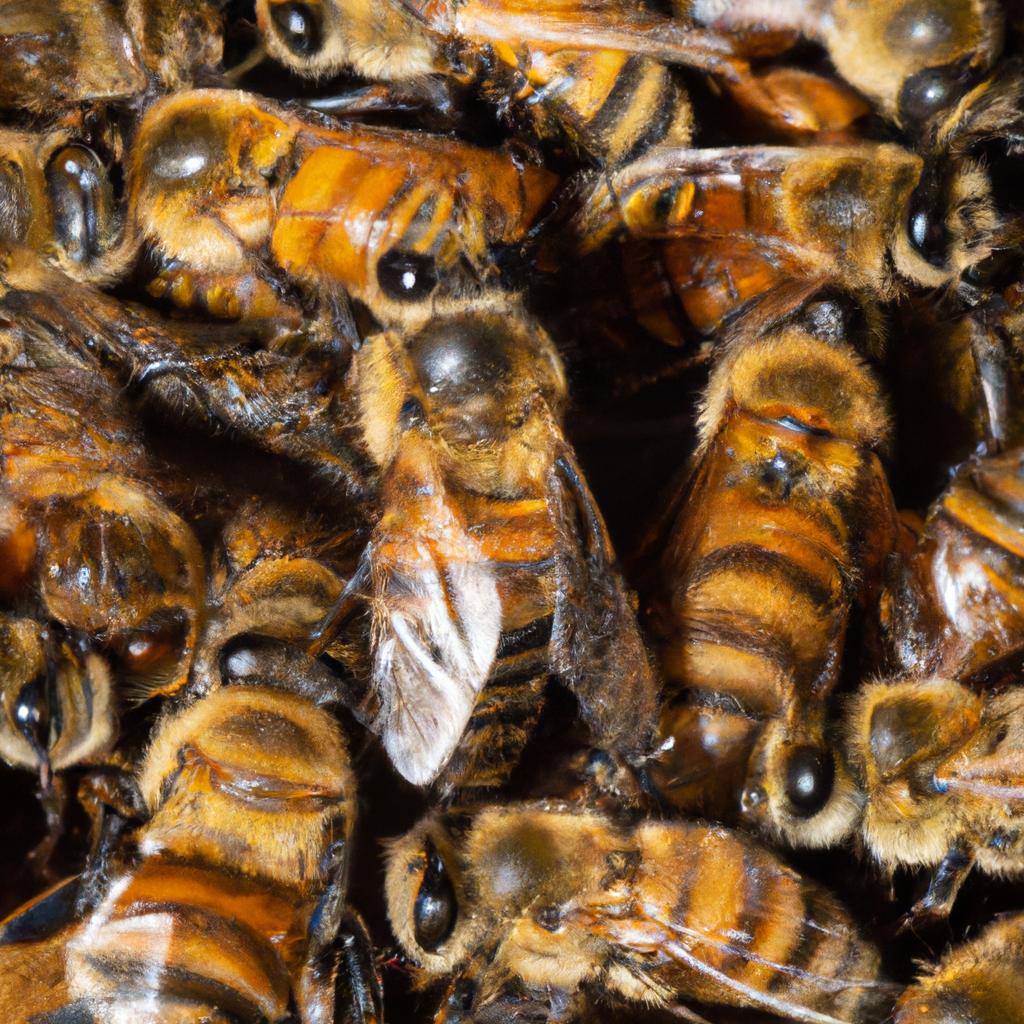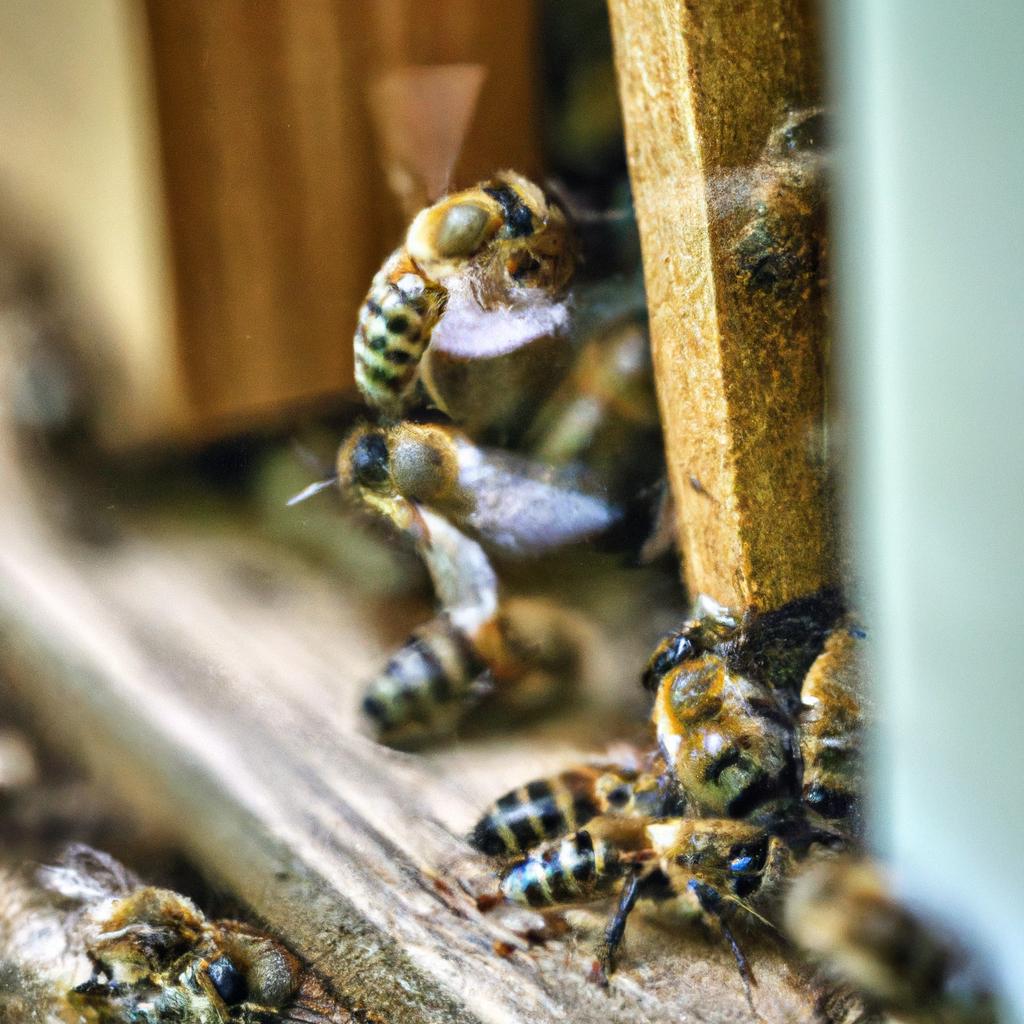Are you a beekeeper looking to introduce a new queen bee to your hive? Introducing a new queen is an essential process for the health and productivity of your hive. However, it can be a delicate process that requires proper planning and execution. In this article, we will guide you through the steps to introduce a new queen bee to your hive successfully.
Introduction

Before we dive into the process of introducing a new queen bee to your hive, let’s first understand why it is necessary and the importance of proper introduction. Introducing a new queen is necessary when the existing queen is old, sick, or has died. A new queen bee can help improve the productivity of the hive by laying more eggs, and hence, increasing the population of worker bees.
However, introducing a new queen can be a delicate process that requires proper planning and execution. A poorly introduced queen can lead to aggression in the hive, resulting in the death of the new queen or the existing queen. Therefore, it is crucial to follow the correct procedures to ensure a successful introduction.
When to Introduce a New Queen

The best time to introduce a new queen bee to your hive is when the existing queen is no longer productive or has died. But how can you tell when the queen is no longer productive? One sign is a decrease in the number of eggs laid. If the queen is no longer laying eggs at the same rate, it could be a sign that she is no longer productive.
Another sign is the behavior of the worker bees. If the worker bees are aggressive towards the queen or are not following her, it could be a sign that the queen is no longer productive. Additionally, if the queen is sick or has died, it is necessary to introduce a new queen to the hive.
Preparing for Introduction
Preparing the hive is an essential step in introducing a new queen bee. You should start by ensuring that the hive is clean and free of any debris. You can do this by cleaning the frames, removing any dead bees, and ensuring that the hive is free of pests and diseases.
Choosing the right time and conditions is also crucial for a successful introduction. It is best to introduce a new queen when the weather is warm and sunny, and when there is a good nectar flow. This is because the worker bees are active and less likely to be aggressive towards the new queen. It is also essential to ensure that there are enough worker bees in the hive to support the new queen.
Obtaining the new queen is the final step in preparing for the introduction. You can purchase a new queen bee from a reputable beekeeper or breeder. When selecting a new queen, ensure that she is healthy and has been mated correctly. It is also crucial to select a queen that is suitable for the breed of bees in your hive.
Introduction Methods
There are several methods for introducing a new queen bee to your hive. The method you choose will depend on your preference and the conditions of your hive.
Direct introduction involves placing the new queen into the hive without any barriers. This method is suitable for hives with a small number of bees and when the new queen is accepted quickly. It is essential to ensure that the new queen is well-fed before introducing her to the hive to reduce the risk of aggression.
Introduction by cage involves placing the new queen into a cage and suspending it in the hive. The worker bees can then become accustomed to the new queen’s pheromones before she is released. This method is suitable for hives with a large number of bees or when the new queen is not accepted immediately.
Introduction by newspaper involves placing the new queen into the hive with a layer of newspaper between her and the existing bees. The worker bees can then gradually become accustomed to the new queen’s pheromones as they remove the newspaper. This method is suitable for hives with a large number of bees or when the new queen is not accepted immediately.
In the next sections, we will discuss the steps for each introduction method to ensure a successful introduction of a new queen bee to your hive.
Post-Introduction Care
After introducing a new queen bee to your hive, it’s essential to monitor her behavior and make sure she is accepted by the worker bees. You can do this by observing the behavior of the worker bees towards the new queen. If the worker bees are calmly attending to her, it’s a sign that the introduction was successful.
It’s also crucial to ensure that the hive has enough food to support the new queen and her offspring. You can provide supplemental feeding to the hive to ensure that they have enough food during this transitional period.
Lastly, evaluate the success of the introduction after a few days. Look for signs that the new queen is laying eggs and that the worker bees are following her. If the introduction was successful, you should see increased productivity in the hive.
Conclusion
In conclusion, introducing a new queen bee to your hive is a necessary process for the health and productivity of the hive. However, it’s a delicate process that requires proper planning and execution. It’s essential to monitor the behavior of the worker bees towards the new queen and ensure that the hive has enough food to support the new queen and her offspring. Evaluating the success of the introduction is also crucial.
Remember, a successful introduction can improve the productivity of your hive, while a poorly introduced queen can lead to aggression and death in the hive. So, make sure to follow the correct procedures and seek advice from experienced beekeepers if needed. With these tips, you’ll be able to successfully introduce a new queen bee to your hive and enjoy the benefits of a healthy and productive hive. Happy beekeeping from BeeKeepinglove.com!
